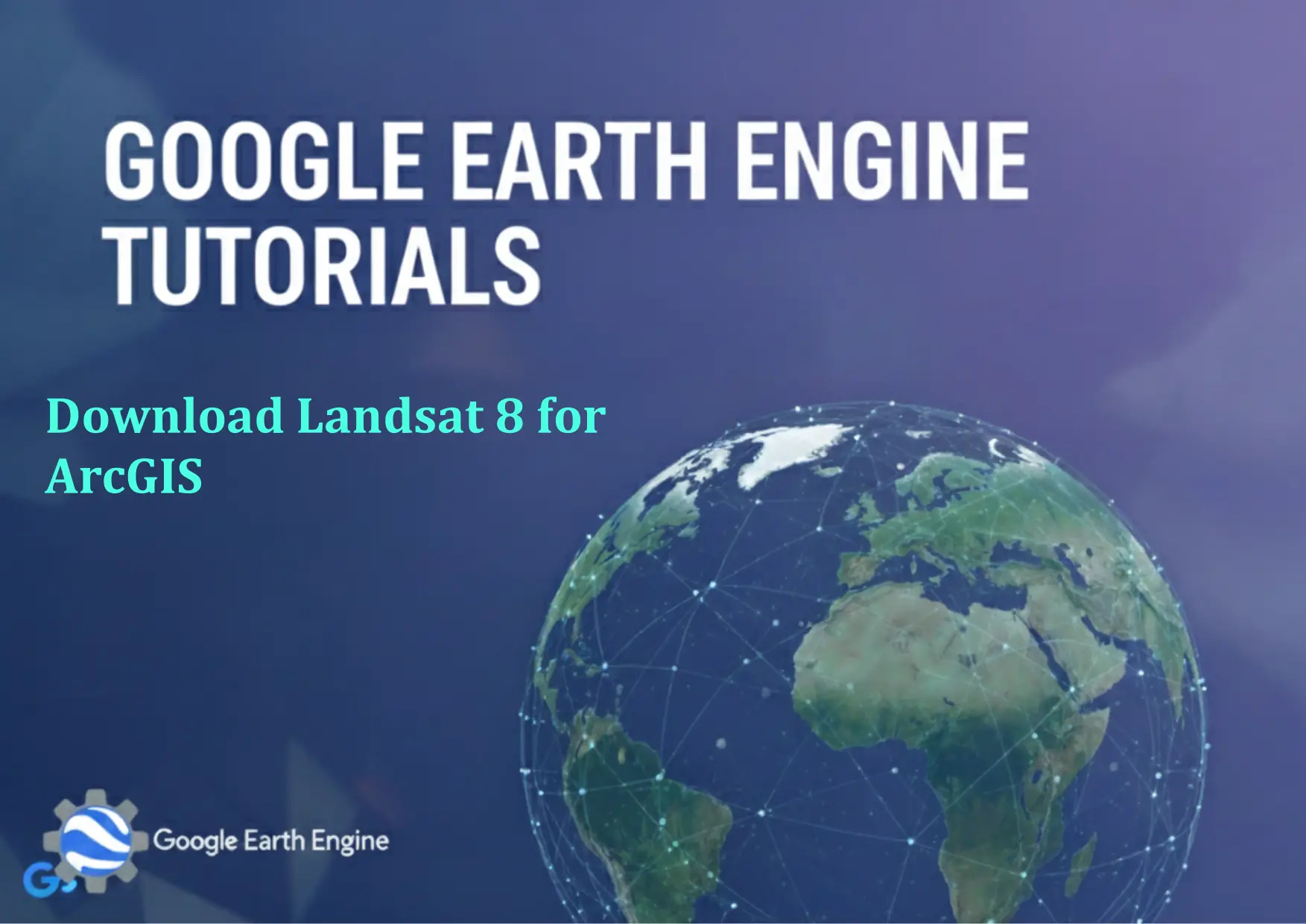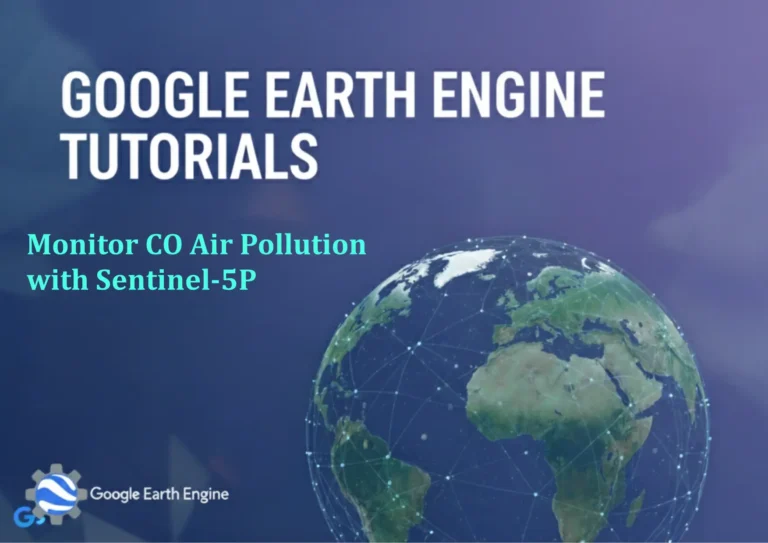Google Earth Engine Tutorial: Download Landsat 8 for ArcGIS
Credit: Youtube Channel “Terra Spatial, Step-by-step guide on downloading Landsat 8 imagery and opening it in ArcGIS for further analysis.”
You can see all the tutorials from here: Techgeo Academy.
Google Earth Engine (GEE) is a powerful platform for geospatial data analysis, offering access to a vast archive of satellite imagery, including Landsat 8. While GEE provides tools for cloud-based processing, many users prefer to download data for direct use in desktop applications like ArcGIS. Below is a step-by-step tutorial to help you extract and download Landsat 8 data from GEE for integration into ArcGIS.
Step 1: Set Up Your Environment
Ensure you have a Google Earth Engine account and access to the Code Editor. Install the necessary libraries, such as the geemap Python package, which simplifies data extraction and visualization. If not already installed, use the following command:
pip install geemapStep 2: Define Your Area of Interest (AOI)
Use the GEE Code Editor to draw your AOI on the map or input a specific geometry. Replace the placeholder with your coordinates or load a shapefile.
var aoi = ee.Geometry.Rectangle([yourminX, yourminY, yourmaxX, yourmaxY]);Step 3: Load Landsat 8 Data
Filter the Landsat 8 Collection using date ranges and cloud cover. For example:
var landsat8 = ee.ImageCollection('LANDSAT/LC08/C02/T1_L2')
.filterDate('2020-01-01', '2020-12-31')
.filter(ee.Filter.lt('CLOUD_COVER', 5));Step 4: Select and Export the Image
Choose the desired bands (e.g., RGB for visualization) and export the data as a GeoTIFF. Adjust parameters like region, scale, and projection:
var image = ee.Image(landsat8.first());
var exportImage = image.select(['SR_B.2', 'SR_B.3', 'SR_B.4']); // Example red, green, blue bands
Export.image.toDrive({
image: exportImage,
description: 'Landsat8_ArcGIS',
folder: 'GEE_Exports',
fileNamePrefix: 'landsat8_arcgis',
region: aoi,
scale: 30,
crs: 'EPSG:4326',
maxPixels: 1e10
});Step 5: Download and Import into ArcGIS
After the export completes, download the GeoTIFF file from Google Drive. Open ArcGIS, add the file as a raster layer, and verify the projection and coordinate system match your project requirements.
Supported Bands and Formats
- SR_B1 (Blue): 482.3-532.3 nm
- SR_B2 (Green): 533-590 nm
- SR_B3 (Red): 636-673 nm
- SR_B4 (NIR): 851-879 nm
- SR_B5 (SWIR1): 1560-1660 nm
- SR_B6 (SWIR2): 2100-2290 nm
Additional Tips
If you need to combine multiple images, use ee.ImageCollection.reduce() for mosaics or composites. For large datasets, consider using Export.image.toDrive() with a loop to iterate through the collection.
FAQ
Q: How do I access GEE data without coding?
A: Use the GEE Code Editor with pre-built scripts or tools like Earth Engine API in Python/R.
Q: Can I download Landsat 8 in a different format (e.g., JPEG)?
A: Yes, but GEE exports only support GeoTIFF by default. Convert the file using GIS software like QGIS.
Q: What if my AOI is too large for export?
A: Split the AOI into smaller regions or adjust maxPixels in the export settings.
Q: How do I ensure the projection matches ArcGIS?
A: Specify the desired CRS (e.g., EPSG:3857) during export or reproject in ArcGIS.
Q: Can I automate this process for multiple dates?
A: Use loops in the GEE script to iterate through the image collection and export each image.





